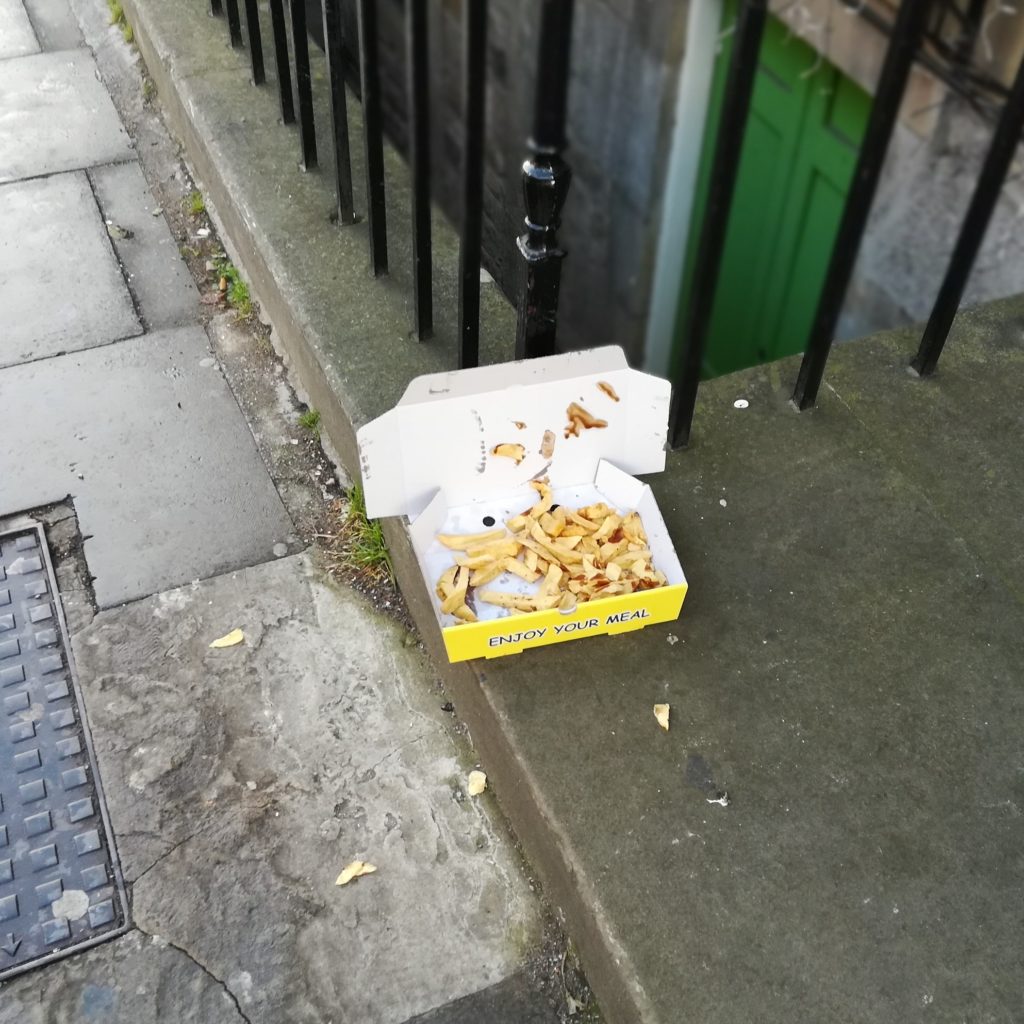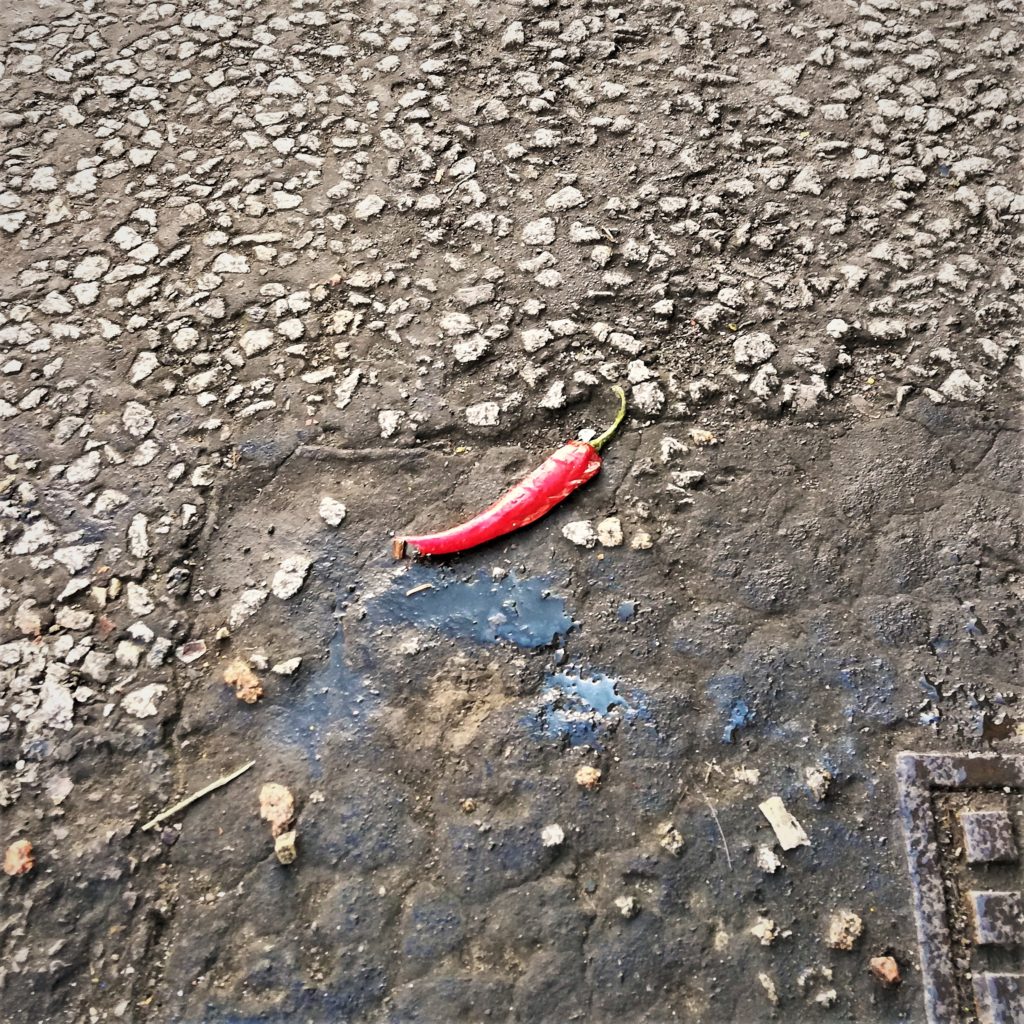There is an ongoing heated debate among the scholars of public policy theory.
One of the sides claims that policies should be created with rational reasoning underlying them and be vetted by experts. While the other one states that policies should be based on (and dictated by) the predominant worries of the public and by where people risk perceptions are higher.
This dual notion can be applied to many of the issues that are central in the current political debate. From the problem of immigration to the global rise of populism.
It doesn’t’ really matter where the truth is, if you agree or not, or if you believe that the general public can or cannot make informed decisions on important issues.
Perception is as important as raw undeniable data, if not more.
Research has shown that people tend to make judgments (which in turns influence their decisions ) on an event by “the ease with which examples of the event can be retrieved from your memory or constructed anew.” (Marx and Weber 2012).
This is what psychologists call the “Availability heuristic” and it is the reason why we tend to overestimate the frequency of events that have recently happened to us (or to our social circle) or of issues that have a certain predominance in the public discussion and on the media.
Availability and Awareness
But how this influences individual decisions and public policies?
For personal choices and decisions, this is pretty straightforward: if somebody you know had recently a heart attack you will be much more prone to book a doctor appointment to Check your cardiac health. This applies to a whole lot of situations:
“Jackson (1981) found that past experience with earthquakes influenced the adoption of precautions. After a damaging event has occurred, precautions are taken more readily. Similar findings have been reported for the purchase of flood insurance. The experience of damage was the most important factor that led to the purchase of insurance.” (Baumann & Sims, 1978; Zaleskiewicz et al., 2002).
Keller, C., Siegrist, M., & Gutscher, H. (2006). The role of theaffect and availability heuristics in risk communication. Risk analysis, 26(3), 631-639.
As for public and political decisions, this takes the form of what is called “availability cascade”, term coined by Sustain and Jurim Kuran, which indicates:
“a self-reinforcing process of collective belief formation by which an expressed perception triggers a chain reaction that gives the perception of increasing plausibility through its rising availability in public discourse.”
This is one of the reasons why the global rising conversation and interest from the media in climate change is important. Recent events like the youth climate strike are not just PR fads, but active tools that can actually make a change in people perceptions and, therefore, in public policies.
The efforts
Food waste, the hidden scourge
Why food waste is more susceptible to this availability bias that makes people not recognize it as the big problem it is?
For two reasons:
- Trash blindness: we are growing more and more acquaintance to see trash everywhere and it became a common occurrence in our urban landscape and we are desensitized to it to the point we cannot see it anymore.
- Food waste is mostly hidden. It happens in our kitchen (away from pryings eyes) and the portion that happens in manufacturing, retail and food service, we have no chance to see it.
Tackling food waste is a really important part of my professional and personal life. I am probably more sensible to the issue and that is why
I was baffled by the quantity and the quality of the food wasted that I came across on the street. Just walking around Edinburgh, on my common commuting routes.
So I started to document this, a photo at a time. One tomato on the sidewalk at a time.
This is my self-imposed mission. If we can detect and recognise all the food waste that is around us and how diffuse the problem is, we will be more disposed to recognize it in our own kitchens.
But also we would be able to better acknowledge its dimension and better estimate quantity of food waste that happens in the “hidden” places away from sight.
For a “Heuristic of Food Waste”
Like said before it is difficult to understand the extent of the issue because we only see the numbers of food waste, which are also very difficult to gather and evaluate, due to the lack of a common waste analysis framework adn procedures.
I can tell you that in 2013 in Scotland an estimated 1.35 million tonnes of food was wasted: 44% (600,000 tonnes) form Households and 55% (740,000 tonnes) from food manufacturing/retail/service.
But for if you are not an expert, then it is really difficult to translate these (outdated) figures into your everyday life and to understand what it means for all of us. It would be probably much more effective saying that your household blows up (on average) £250–£400 per year due to discarded food.
That is why I am trying to give people, with each photo I take, a visual anchor to let them better acknowledge this scourge that is literally under everyone nose (and shoes)!




